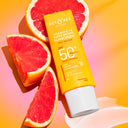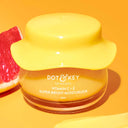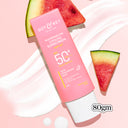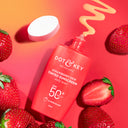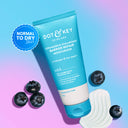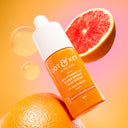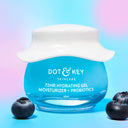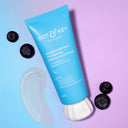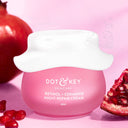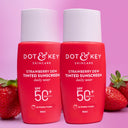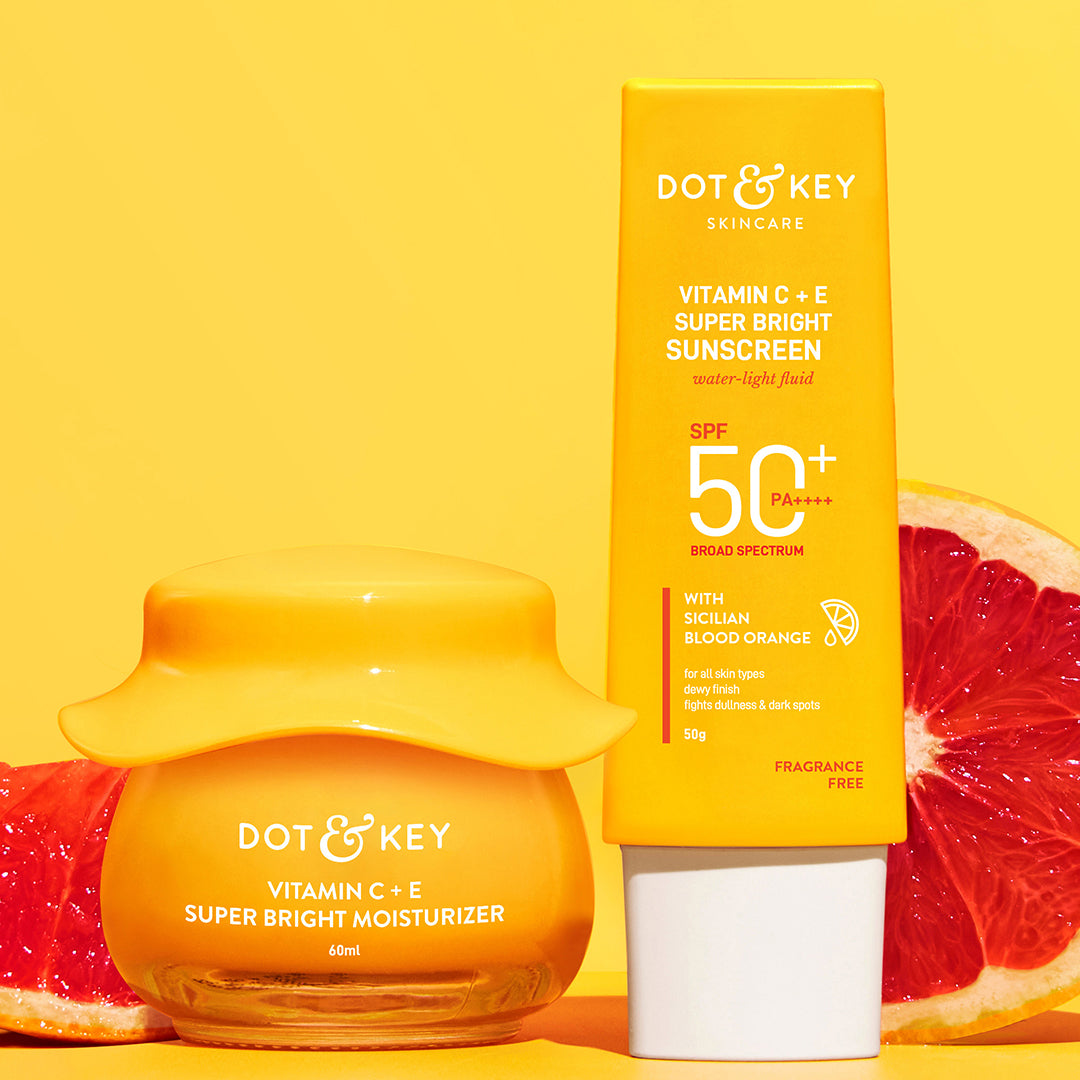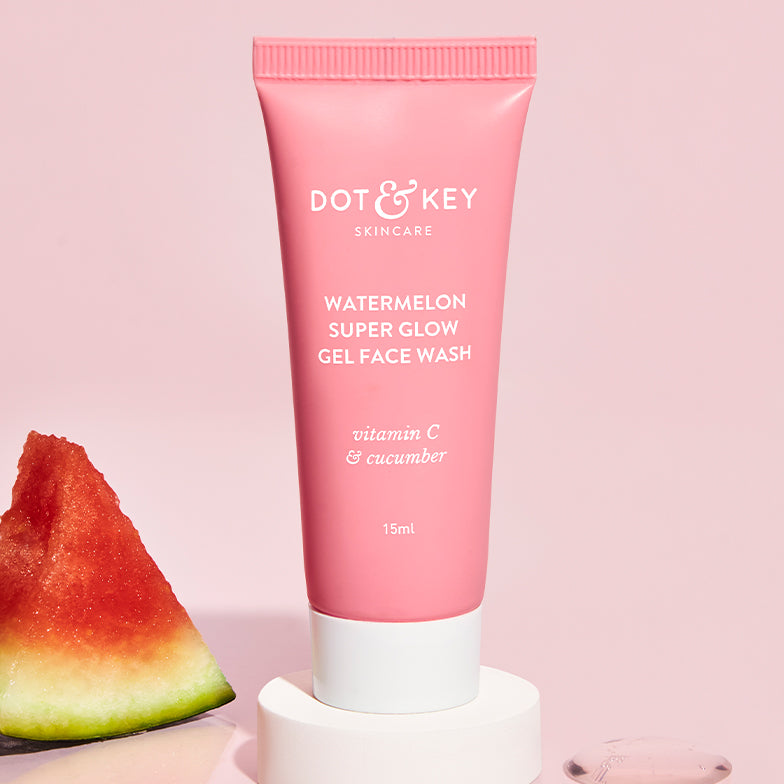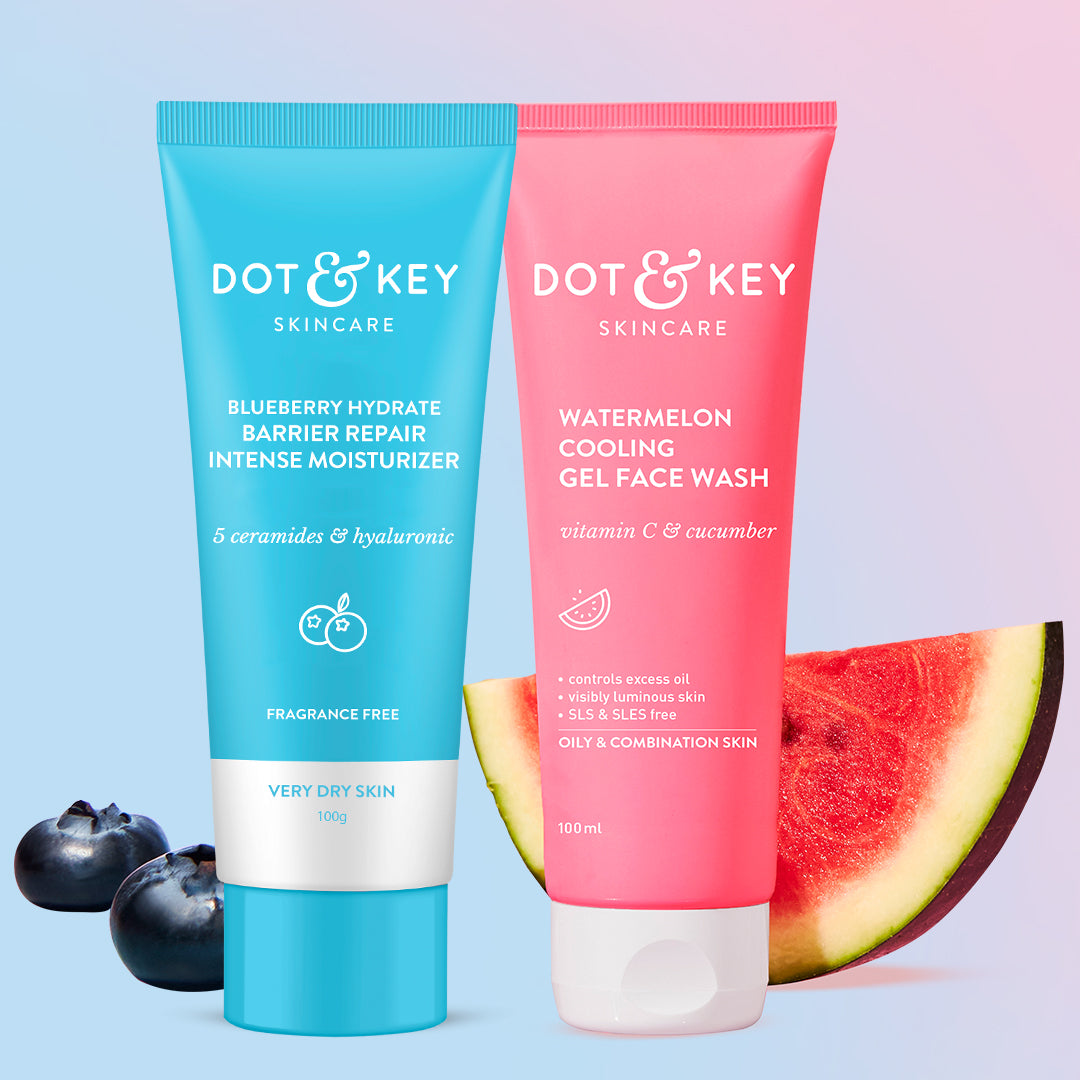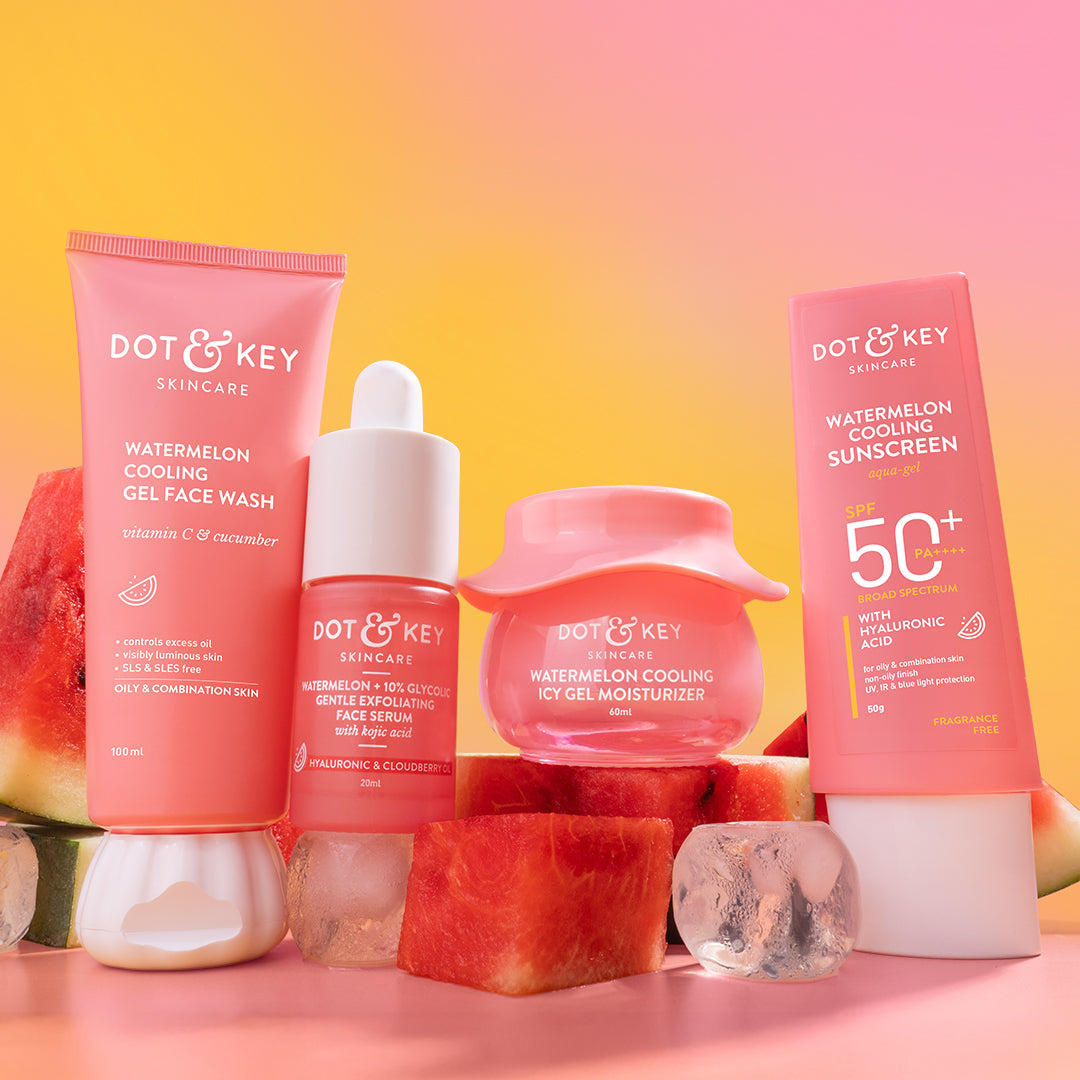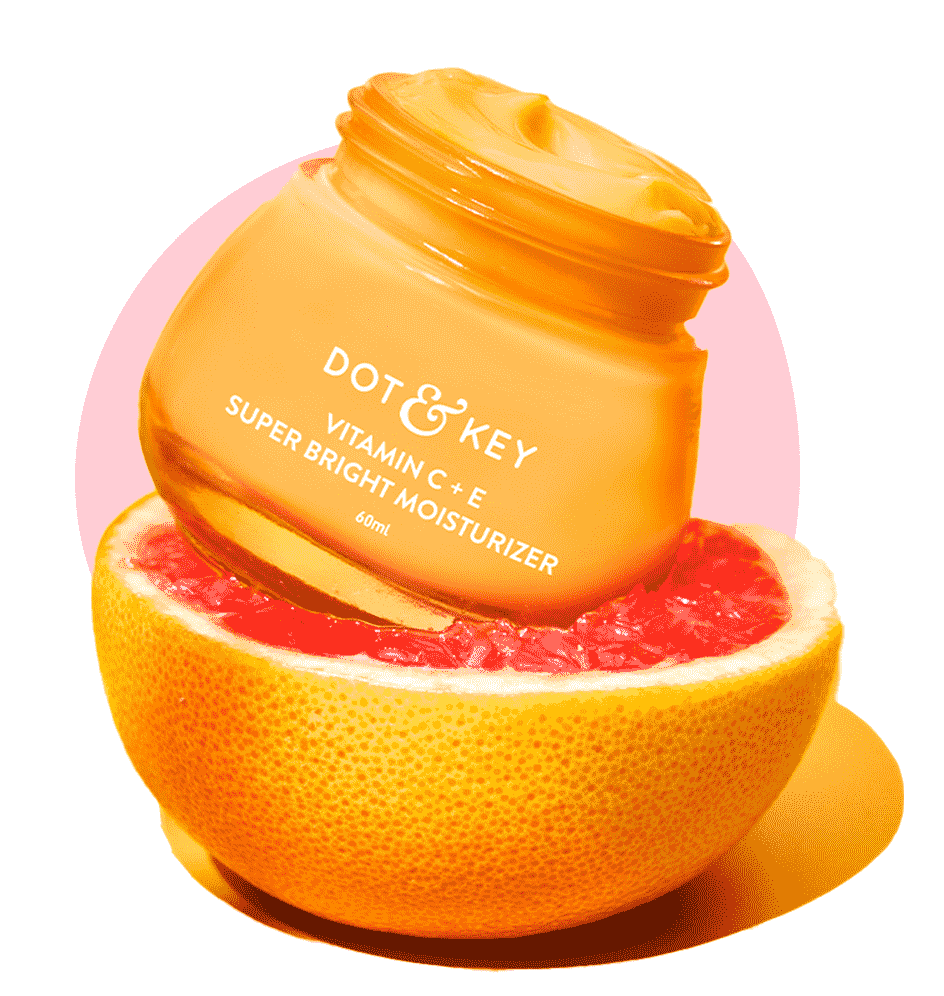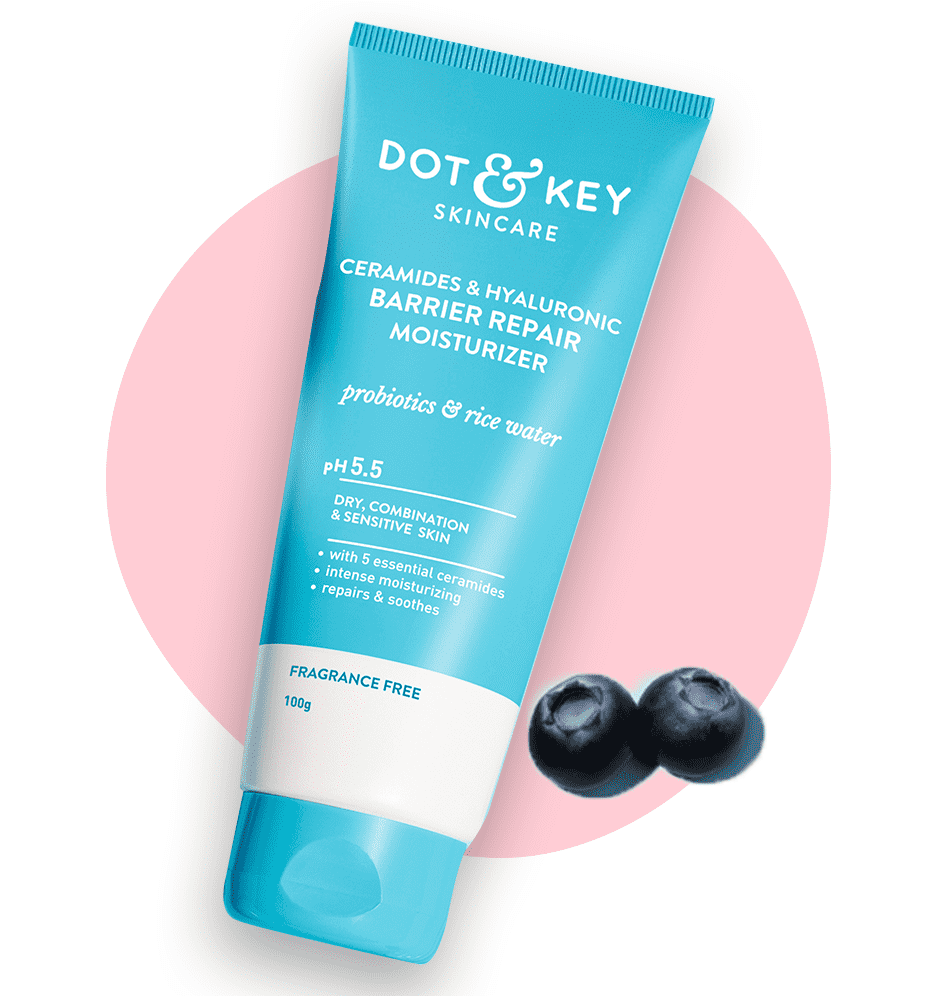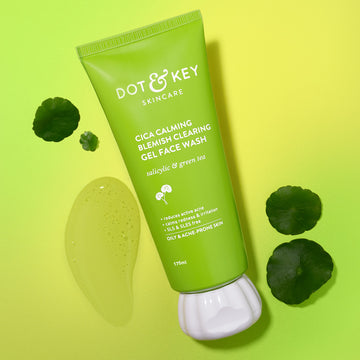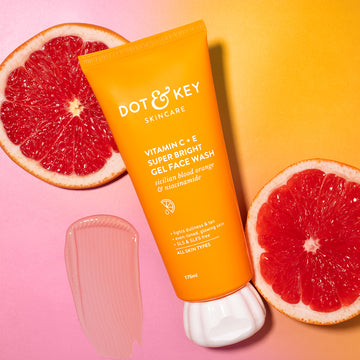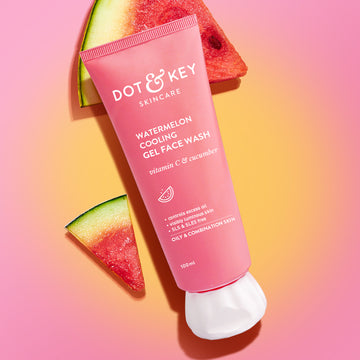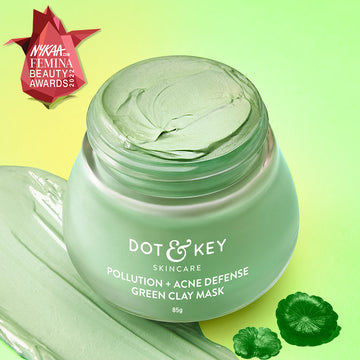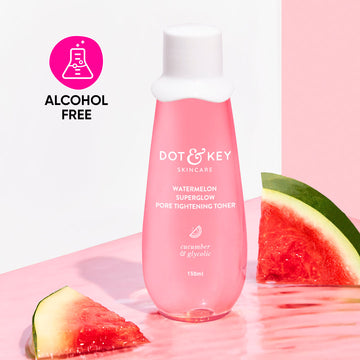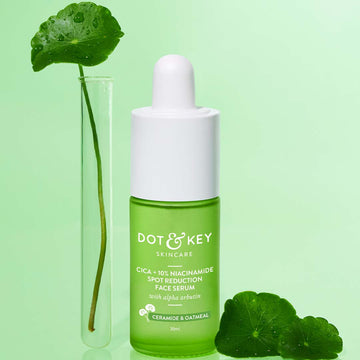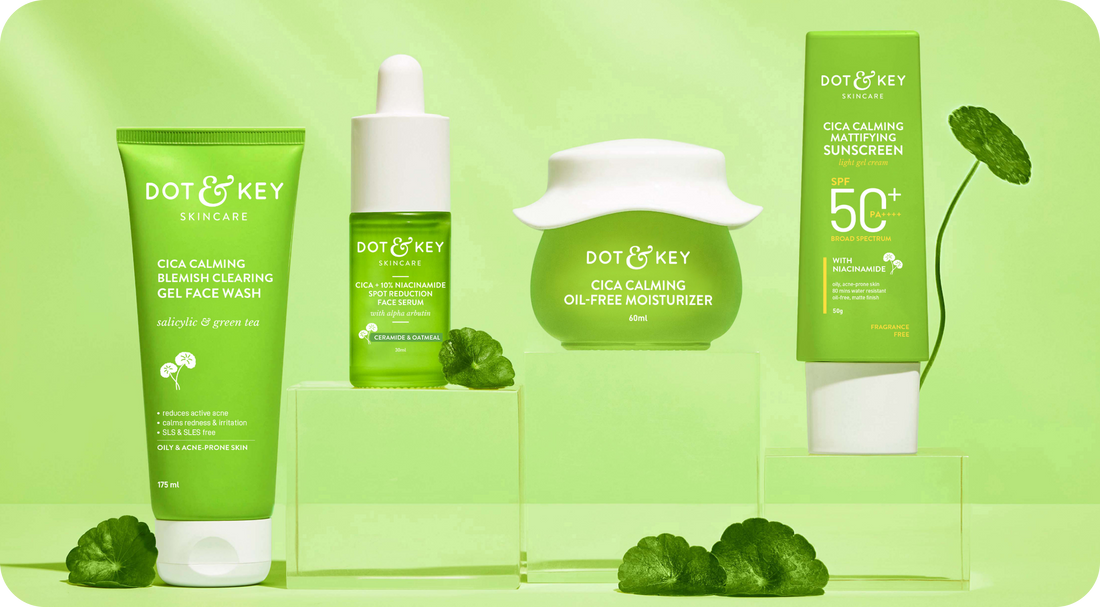
Managing oily skin in winter is like walking a tightrope!
Winter might seem like a break from the relentless summer shine, but for oily skin, it’s a whole new game of balance. While the cold air might tone down the shine, it often brings its issues, like dryness in certain spots, which can make your skin overcompensate by producing even more oil. The trick? Finding the perfect harmony between hydration and oil control.
In this blog, we’ll dive into what makes your skin oily and walk you through a step-by-step winter skincare routine to keep your skin clear, balanced, and glowing—no matter how chilly it gets.
What Causes Oily Skin?
Oily skin happens when your sebaceous glands go into overdrive, producing too much sebum—the natural oil that protects and hydrates your skin. While sebum is vital for healthy skin, excess amounts can clog pores, leading to acne and breakouts. But why does your skin feel so oily? Let’s break it down:
Key Causes of Oily Skin:
- Genetics: If oily skin runs in your family, chances are, your sebaceous glands are genetically programmed to produce more oil. According to studies in The Journal of Clinical and Aesthetic Dermatology, genetics majorly determine skin type, including sebum levels.
- Hormonal Changes: Puberty, menstruation, pregnancy—these hormonal rollercoasters often lead to spikes in oil production. Androgens, the hormones responsible for regulating sebum, increase during these times, especially in the T-zone (forehead, nose, and chin). Research shows these hormonal shifts are directly tied to those pesky oily skin days.
- Climate and Environment: Hot and humid? Your skin amps up its oil production. Cold and dry? Your skin may overcompensate for the lack of moisture by producing even more oil. Winter adds another layer of complexity, with indoor heating and cold winds making your skin both dehydrated and oily.
- Use of Wrong Skincare Products: Using strong chemical-rich products or stripping your skin of its natural oils can backfire. Over-drying the skin signals your sebaceous glands to work overtime, producing even more oil. Finding lightweight, non-comedogenic products is key to keeping oily skin in check.
- Diet and Lifestyle: Your diet matters! Foods high in refined sugars or unhealthy fats can trigger excess sebum production. Stress also plays a role—elevated cortisol levels (your body’s stress hormone) can boost oil production, making your skin appear shinier.
Step-by-Step Winter Skin Care Routine for Oily Skin
Managing oily skin in winter is all about finding the right balance—controlling excess oil while keeping your skin hydrated. Here’s a step-by-step winter skincare routine tailored to the unique needs of oily skin.
Step 1: Cleanser (AM & PM)
Cleansing is essential for managing oily skin, especially in winter. A good cleanser removes excess oil, dirt, and impurities without stripping your skin of its natural moisture. In the colder months, go for a gentle, foaming or gel-based cleanser enriched with ingredients like salicylic acid or cica. These help control oil production while preventing clogged pores and breakouts.
How to Do It:
- Morning: Use a gel-based cleanser to remove any excess oil produced overnight. A salicylic acid-based cleanser can help gently exfoliate and keep breakouts at bay.
- Night: Cleanse again to remove makeup, dirt, and oil buildup from the day. Make sure to focus on the T-zone (forehead, nose, and chin), where oil tends to accumulate. A two-step cleanse gives you that deep-down clean without over-drying your skin.
How to Double Cleanse:
- Step 1: Begin with a cleansing balm like Dot & Key’s Strawberry Dew Cleansing Balm to melt away stubborn makeup, sunscreen, and any impurities. This first cleanse softens the skin without disrupting your moisture balance.
- Step 2: Follow Up with a soothing gel-based cleanser crafted for oily skin that gently cleanses away excess oil & dirt & every last trace of makeup without stripping the skin’s natural moisture.
Pro Tip: Skip harsh cleansers that could dry out your skin. Over-drying can signal your sebaceous glands to produce even more oil, leaving you with a shiny complexion. Instead, choose a balanced cleanser that targets oil without stripping your skin of moisture.
Step 2: Exfoliation (PM: 1-2 times a week)
Exfoliating is essential for removing dead skin cells and preventing clogged pores, two common issues for oily skin. In winter, however, it’s important to exfoliate with care—overdoing it can compromise your skin’s moisture barrier. A chemical exfoliant like beta-hydroxy acid (BHA), such as salicylic acid, works wonders to clear pores and reduce oil buildup.
How to Do It:
- After cleansing at night, apply an exfoliant 1-2 times a week. BHAs like salicylic acid penetrate deep into pores to remove excess oil and prevent breakouts.
- Focus on your T-zone and other areas prone to blackheads and oil congestion.
- Avoid over-exfoliating, as this can irritate the skin and lead to more oil production.
Pro Tip: Be gentle with exfoliation, especially in winter. Too much exfoliation can irritate your skin and cause your glands to produce even more oil in response. Keep it light and let your skin breathe!
Step 3: Toner (AM & PM)
Toners are key to balancing your skin’s pH and removing any leftover impurities after cleansing. For oily skin, choose alcohol-free toners packed with ingredients like hyaluronic acid, cica or niacinamide to control oil production and tighten pores without drying your skin out.
How to Do It:
- Morning: Apply toner to your T-zone to help keep oil in check throughout the day.
- Night: Use a toner after cleansing to remove any remaining dirt and oil.
Pro Tip: Look for toners that include hydrating ingredients like hyaluronic acid or niacinamide. These help keep your skin moisturized without adding excess oil, maintaining that perfect balance.
Step 4: Serum (AM & PM)
Serums are concentrated formulas that deliver active ingredients to your skin. For oily skin, using a serum with salicylic acid, cica or niacinamide can help balance oil production and hydrate the skin without clogging pores. Research published in The Journal of Cosmetic Dermatology shows that niacinamide helps reduce oil production, minimize the appearance of pores, and improve skin texture.
How to Do It:
- Morning: Apply a lightweight serum with niacinamide to control oil and minimize pores throughout the day.
- Night: You can either use the same serum or switch to one with salicylic acid to target breakouts and balance oil production.
Pro Tip: Stay away from heavy, oil-based serums—they can clog pores and aggravate oily skin. Opt for lighter formulations that deliver the benefits without the greasiness.
Step 5: Moisturizer (AM & PM)
During winter, many people with oily skin skip moisturizer, fearing it will make their skin greasier. However, moisturizing is especially important in colder months to maintain healthy skin. The winter air can leave your skin dehydrated, and if you skip moisturizer, your skin may produce even more oil to compensate for the lack of hydration. Choose a lightweight, oil-free moisturizer that provides hydration without clogging pores, helping to keep your skin balanced and smooth throughout the season.
How to Do It:
- Morning: Apply a gel-based, oil-free moisturizer to keep your skin hydrated and balanced throughout the day, especially against winter dryness.
- Night: Use a slightly richer, non-sticky moisturizer to repair your skin barrier while you sleep and combat the effects of dry indoor heating.
Pro Tip: Look for moisturizers labelled “non-comedogenic.” These are specially formulated to prevent pore clogging, ensuring your skin stays clear and healthy, even in the coldest months.
Step 6: Sunscreen (AM)
Sunscreen is non-negotiable, no matter the season. While the cold weather may make it seem like you’re off the hook, UV rays can still penetrate through clouds and windows, leading to skin damage and premature ageing. For oily skin, opt for a lightweight, oil-free sunscreen with at least SPF 50. Sunscreens that contain zinc oxide or titanium dioxide are particularly effective for oily skin, as they help absorb excess oil while providing protection.
How to Do It:
- After moisturizing in the morning, apply a generous amount of sunscreen to your face and neck. Choose a mattifying sunscreen to control excess oil throughout the day, especially in winter when indoor heating can make your skin more prone to oiliness.
Pro Tip: Always opt for a broad-spectrum sunscreen to protect your skin from both UVA and UVB rays, ensuring complete protection from sun damage, even on overcast days. For reapplying sunscreen, consider a sunstick infused with niacinamide for smooth, sun-protected skin without the oily or greasy feeling
Step 7: Eye Cream (PM)
The skin around your eyes is delicate and more prone to dryness. Using a lightweight eye cream at night can help reduce puffiness, dark circles, and fine lines. Look for an eye cream with hydrating ingredients like hyaluronic acid or peptides.
How to Do It:
- Apply a small amount of eye cream, like Dot & Key’s Retinol Eye Cream, around the eye contour.
- Massage gently with the built-in metal applicator. Dab the excess with your fingertips.
- Be careful not to rub or tug at the delicate skin around your eyes.
Pro Tip: Always opt for a broad-spectrum sunscreen to protect your skin from both UVA and UVB rays, ensuring complete protection from sun damage, even on overcast days. For reapplying sunscreen, consider a sunstick infused with niacinamide for smooth, sun-protected skin without the oily or greasy feeling
Step 8: Lip Balm (AM & PM)
Your lips deserve a little nighttime TLC! End your routine with a rich lip balm or lip mask to deeply nourish and hydrate overnight. Look for ingredients like ceramides, peptides, shea butter, and avocado oil to restore moisture and repair any dryness or cracks while you sleep.
How to Do It:
- Apply a generous layer of lip balm or a specialized lip mask as the final step of your skincare routine for overnight hydration and repair.
FAQs
-
What are the signs of oily skin in winter?
In winter, oily skin may still appear shiny, especially in the T-zone, but it can also feel tight or slightly dry in other areas. This creates a mixed skin condition, with oiliness in some spots and dryness in others due to cold weather and indoor heating.
-
How often should I exfoliate oily skin in winter?
Exfoliate 1-2 times a week to prevent clogged pores and remove dead skin cells. Use a gentle exfoliant, like a salicylic acid clay mask, to avoid over-drying or triggering more oil production, which can be common in winter.
-
Can I use oil-based products for oily skin?
You can, but choose lightweight, non-comedogenic oils like jojoba or squalane. These oils help balance your skin’s natural oils without clogging pores or contributing to excess greasiness.
-
How do I choose the right moisturizer for oily skin in winter?
Look for a lightweight, oil-free moisturizer with hydrating ingredients like hyaluronic acid. Gel-based moisturizers work best in winter, as they provide the necessary hydration without adding extra shine or making the skin feel greasy.
-
Is sunscreen necessary for oily skin during winter?
Absolutely! Sunscreen is essential year-round to protect your skin from harmful UV rays. Choose mattifying, broad-spectrum sunscreen with at least SPF 50 to protect oily skin from sun damage without adding extra shine.

